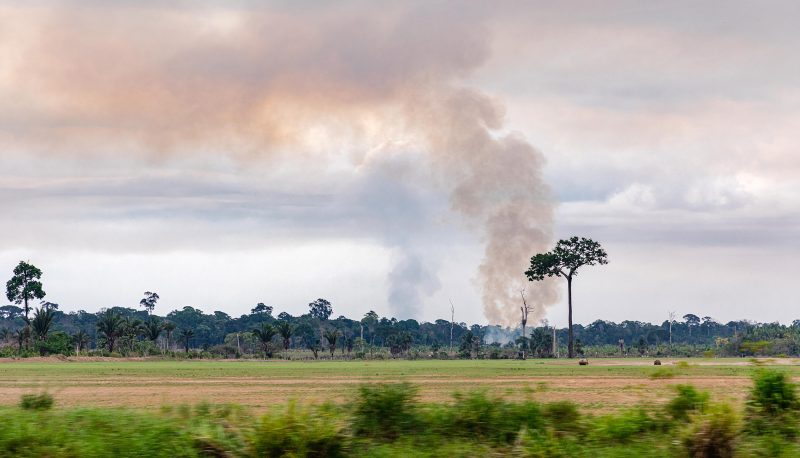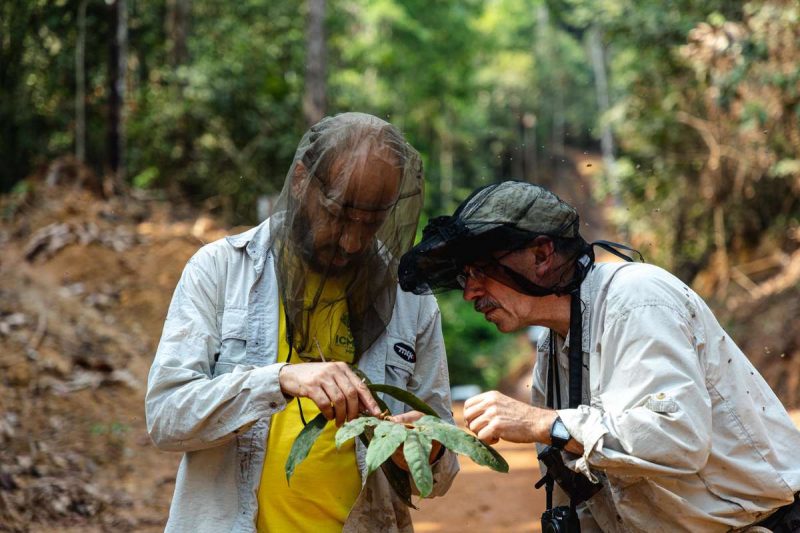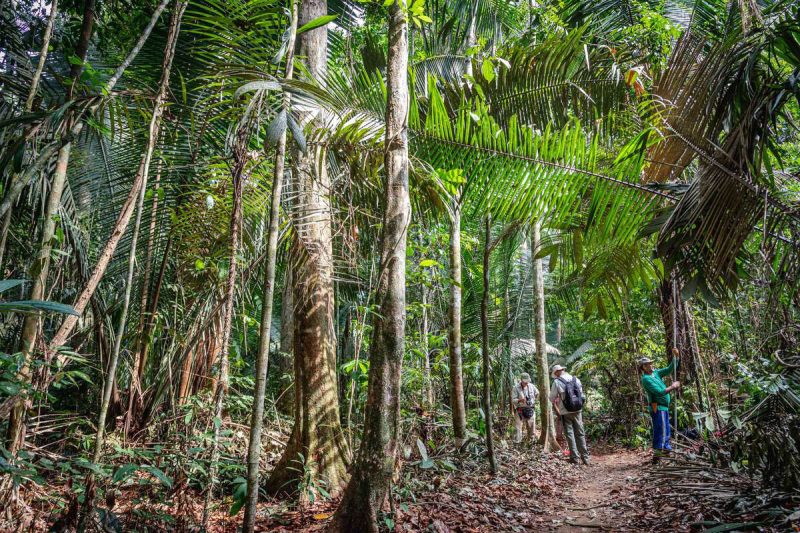Climate Change Action Needed Following Madrid’s COP25
Posted in Environment on December 17, 2019 by Brian Boom
Brian M. Boom, Ph.D., is Vice President for Conservation Strategy at The New York Botanical Garden.

At last year’s climate change talks in Poland, a little-known 15-year-old Swedish climate change activist named Greta Thunberg galvanized the talks with a short impassioned speech. At this year’s COP25 climate talks in Madrid, Ms. Thunberg, now known worldwide for her charismatic climate change activism, gave a longer and even more impassioned speech. Further demonstrating the mobilizing power of youth in raising awareness of the climate crisis—which I wrote about here for Science Talk following the Poland talks—she was named TIME Magazine’s 2019 Person of the Year. What a difference a year makes!
If only the delegates at COP25 could tout commensurate progress over the past year in their governments’ efforts to meet the emissions targets of the Paris Agreement. The Statement by UN Secretary-General António Guterres on the Outcome of the UN Climate Change Conference COP25 in Madrid sums up the situation: “I am disappointed with the results of #COP25. The international community lost an important opportunity to show increased ambition on mitigation, adaptation and finance to tackle the climate crisis. But we must not give up, and I will not give up. I am more determined than ever to work for 2020 to be the year in which all countries commit to do what science tells us is necessary to reach carbon neutrality in 2050 and a no-more-than-1.5-degree temperature rise.” The New York Times assessed the outcomes of COP25 in an article headlined “UN Climate Talks End With Few Commitments and a ‘Lost’ Opportunity.” The documents and decisions from COP25 are available for viewing and downloading here.
It is not just that very little progress was made at COP25, which is bad enough. Because of accelerating, rampant habitat destruction, the possibilities for forests and other ecosystems to factor importantly in carbon sequestration as part of the solution to achieving a temperature increase of no more than a 1.5 degrees Celsius are imperiled. A prominent example of this situation is the devastating increase in fires in Brazilian Amazonia, recapped with dramatic images of forest destruction and dire warnings of an impending ecological tipping point in a recent New York Times article with the headline “‘The Amazon Is Completely Lawless’: The Rainforest After Bolsonaro’s First Year.”

In a September Science Talk post, my colleague Douglas Daly, Ph.D., NYBG’s B. A. Krukoff Curator of Amazonian Botany, described his research and training project in the southwestern Amazonian state of Rondônia. This is one of the most deforested areas in the Amazon and suffered the most fires during this year’s fire season. Dr. Daly and his team are documenting the biodiversity of Rondônia’s forests, empowering Brazilian peers and students to carry on botanical research there and in other Amazonian regions, and working with local communities to manage forests for sustainable timber harvesting. A video of Dr. Daly and his colleagues in Rondônia during the rampant forest fires this past September drives home both the importance of the research and training components of their project and the passion and dedication of the team in carrying out their vital mission.

Amazonia’s forests are worth much more as living, dynamic ecosystems than as dead, charred wastelands for the sake of quick agronomic or mining profits. These forests are needed not only for their tremendous biodiversity and as homes for indigenous and other rural human communities but equally for their myriad ecosystem services, not the least of which is carbon sequestration. Solving the climate change crisis will require the use of all the tools in humanity’s tool kit. We would be foolish not to maximize the role of plants in sequestering carbon, a topic about which I wrote in previous Science Talk posts as a botanical approach to mitigating global warming here and here. If, over the next year, the nations of the world seriously embraced protection of natural forests and restoration of degraded forests as important carbon sequestration strategies, then a currently underappreciated pathway forward towards significant reduction in global warming would become manifest, and next year’s COP26 conference in Glasgow, Scotland, could have a much-needed better outcome than the recent fractious effort in Madrid.

